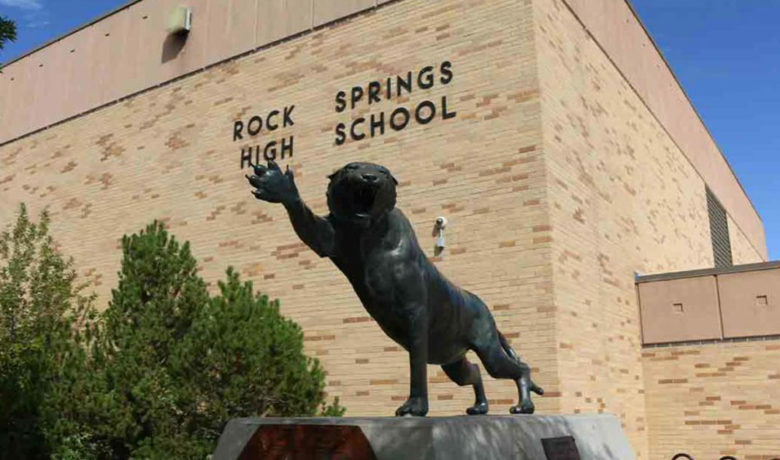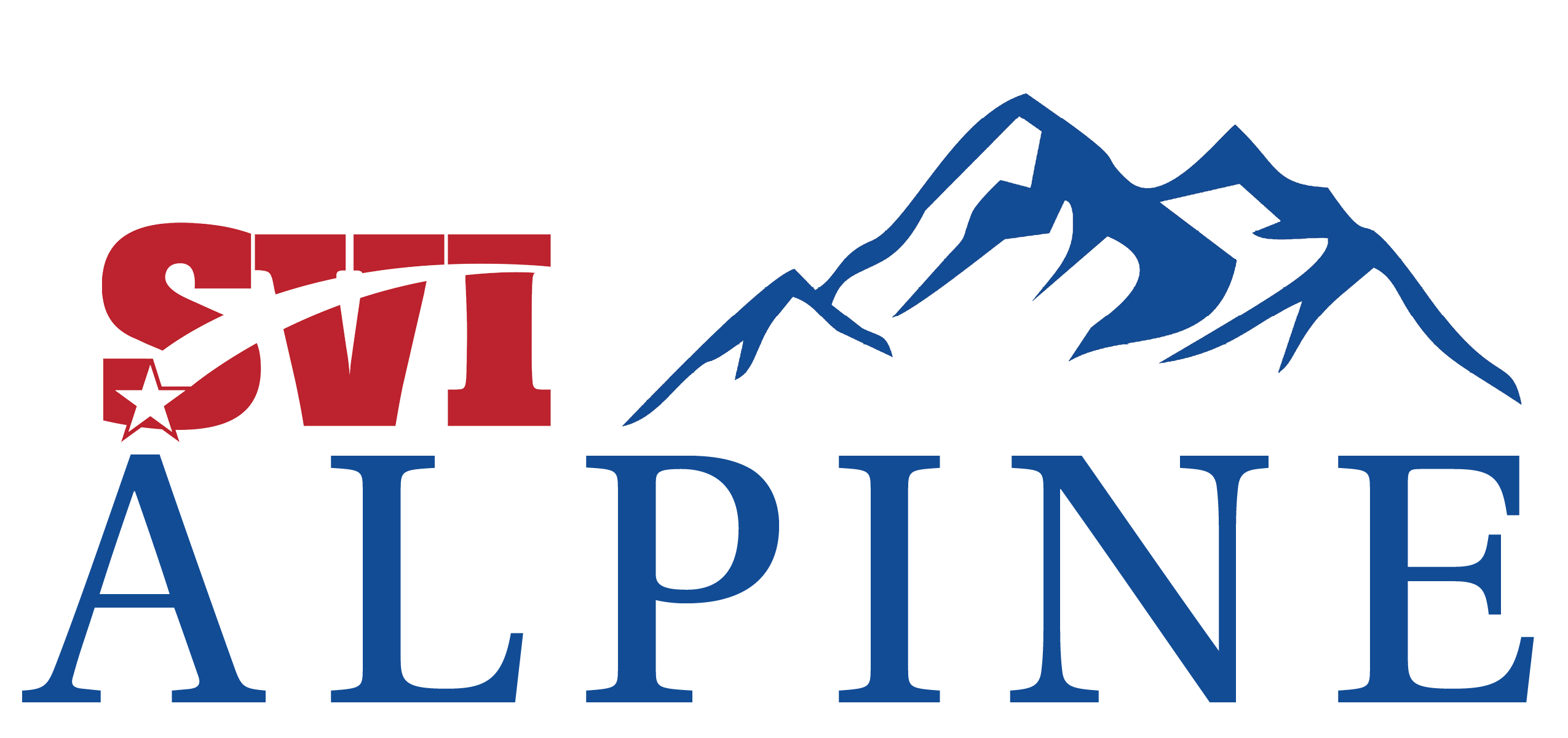No clear direction for K-12 school funding recalibration
By Wyoming News Exchange
September 8, 2025

Rock Springs High School is one school slated to be replaced. (Photo by SweetwaterNOW.com)
By Noah Zahn
Wyoming Tribune Eagle
Via- Wyoming News Exchange
CHEYENNE — Lawmakers met again this week to continue discussing how to adjust state spending on education as part of the regular five-year reassessment of the funding model, but no clear direction has emerged so far.
Conversations this year have been made more tense after a district court judge ruled earlier this year that Wyoming’s education system is unconstitutionally underfunded.
The 2025 recalibration of Wyoming’s K-12 public school funding model represents an effort to ensure the state’s educational finance system remains constitutionally compliant and effectively serves all students.
Led by consultants from Picus Odden & Associates and APA Consulting, this extensive process, presented to the Select Committee on School Finance Recalibration earlier this week, addresses a range of complex issues.
Issues discussed included funding for school counselors and mental health support, school resource officers and laptops for students. Several issues, however, were still under active review at the time of the committee’s September meeting.
At its core, the recalibration aims to update the Evidence-Based Model, which is the foundation for the Wyoming Funding Model. This EB Model employs a “three-tier approach” of offering core instruction for all students, providing services to students struggling to achieve standards before being given an individualized education program and providing all special education services.
In its current form — which is not yet finalized, as some items are still under review — the EB Model would be approximately $64.5 million more expensive than the Wyoming Funding Model for FY 2025-26.
It proposes $97.4 million in savings, but $161.9 million in additional costs.
Several critical elements of the funding model were still undergoing significant scrutiny at the meetings in Casper on Thursday and Friday.
Technology and equipment
One of those was technology and equipment. Analyses are continuing to ensure that funding is sufficient for a modern educational environment. This includes providing computers for every student, as well as robust technology infrastructure and resources for technology used in school operations.
The EB Model provides one school computer technician for every 630 students, with a minimum of 0.5 positions per district.
“If I had to pick, other than salary levels, the thing that we got the most feedback on, ‘that funding is inadequate in the model,’ it would be this,” said school finance consultant Larry Picus about technology in schools.
In the EB Model he presented, the cost per year for each student for computer hardware, district networking equipment, non-instructional software, productivity software, etc. comes to around $500 per year, though that’s not yet completely finalized.
Food services
Driven by the court ruling, the topic of food services was one of the more prominent ones discussed this week. The ruling, issued by Laramie County District Court Judge Peter Froelicher in February, requires that a school funding model must include a nutrition component as it is “an essential component of a quality education.”
The court also mandated that school districts “should not be required to use its general fund money … to cover feeding its students.”
Data indicated a significant $18 million difference between revenues and expenditures for school food services in school year 2023-24.
Professional judgment panels that have met several times this year across the state have expressed concerns about inadequate federal reimbursements, diseconomies of scale, high food costs and the challenges faced by small rural schools. Making no changes to the current program would likely violate the court order, underscoring the urgency of this review.
The consultants came before the committee to ask for guidance on certain strategies like whether to fund meals for all students, how to reimburse districts for financial “losses” incurred in providing food services, or whether districts should be required to participate in the National School Lunch Program.
“The argument that we’ve used in the evidence-based model everywhere, and actually the intent of the National School Lunch Program, they should be self-supporting — that is, between the subsidies that the federal government provides for meals for children and the payments that children make, or their families make, for meals, that should fully fund a food services program,” Picus said to the committee.
Carla Banks, who oversees all child nutrition programs for the state with the Wyoming Department of Education, detailed some of the options to alleviate spending on meals through federal reimbursement.
She said that currently 34% of students in Wyoming receive free or reduced-price lunches, but that does not include seven school districts that do not participate in the National School Lunch Program.
At the time the documents were drafted for the September meeting, the EB Model’s specific changes to achieve compliance for food services were still under review and discussion.
“This is a terribly important issue,” said committee chairman Sen. Tim Salazar, R-Riverton. “… There’s a lot that we still need to find out about this issue. I have a number of questions that I won’t take up now, but this is going to take some thought, this particular issue, and it’s something that we need to get right and do it right. And so, I think there’s still a great deal of work that needs to be done on this particular issue.”
Picus also referenced several states, including Colorado, that have essentially funded all school meals for children, which has reduced paperwork in getting families enrolled in assistance programs and increased student outcomes so far.
Mental health and safety
A third topic that received heavy consideration this week was school resource officers and mental health counselors.
These were another court-ordered element for recalibration, deemed “needed for a proper education” for all Wyoming public school students and established as “appropriate for the times.”
However, SROs were not included in the EB Model to date, as local law enforcement has so far been assumed responsible.
The discussion by the committee involved questions about who should employ SROs, whether they need to be sworn and armed officers, and if alternatives like school counselors or unlicensed security would satisfy the court’s mandate.
Similarly, the increasing need for mental health professionals (nurses, social workers, psychologists, mental health providers) due to the declining social, emotional and mental conditions of children was also another discussion point, with the EB Model providing additional pupil support staff based on at-risk student counts.
Michael Griffith, with Picus Odden & Associates, presented some data about SROs nationwide.
He said there are 23,426 SROs nationally, which averages out to be about one school resource officer for every four schools. He said 60% are assigned to a single school, and SRO employers tend to be local police or sheriff’s offices, but some school districts run their own police force, around 18.6%, he said.
For mental health counselors, the EB Model has a defined proposal that Picus believes achieves compliance, involving increased core elementary counselor funding and additional pupil support.
For SROs, while mandated by the court, the EB Model did not initially include them, and the consultant is currently in the process of determining the best way to integrate and fund these positions to meet the legal requirements.
The committee will meet again in the final week of October, again in Casper, before a final meeting in January in Cheyenne to finalize the funding model.

